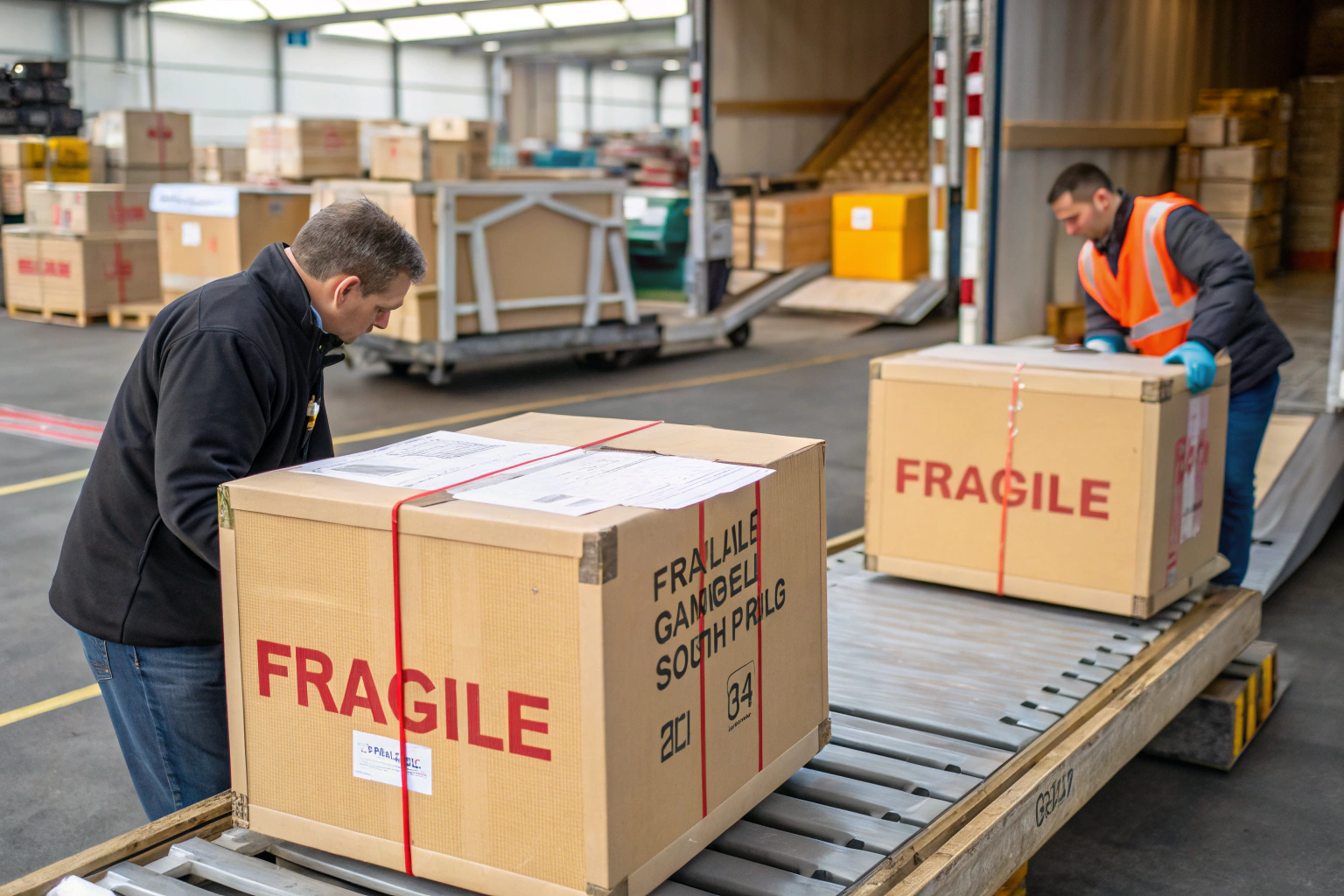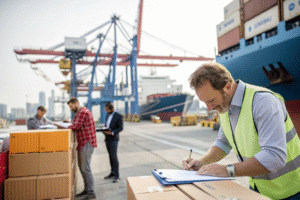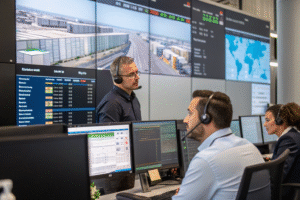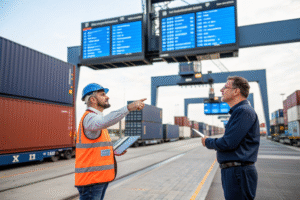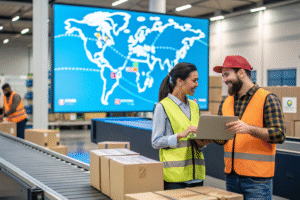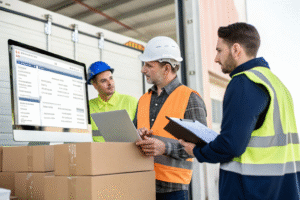Not all shipments are created equal. Some products—like fragile items, oversized cargo, or temperature-sensitive goods—require unique packaging to survive the long and complex journey across borders. But can your freight forwarder handle that level of detail?
Yes, professional freight forwarders can manage special packaging requirements by coordinating with packaging specialists, ensuring regulatory compliance, and customizing packing based on cargo type and transit mode.
Whether you’re shipping luxury accessories, glassware, electronics, or perishable items, your freight forwarder can design and execute the right packaging solution to keep your cargo safe.
What types of special packaging do forwarders handle?
Every product category comes with its own packaging challenge, and freight forwarders are equipped to solve them.
From custom crates and insulation to anti-static layers and palletization, forwarders arrange protective packaging to meet diverse shipment needs.
At GeeseCargo, we’ve helped clients pack everything from metal buckles to silk shawls and ceramic homeware—each needing its own strategy.
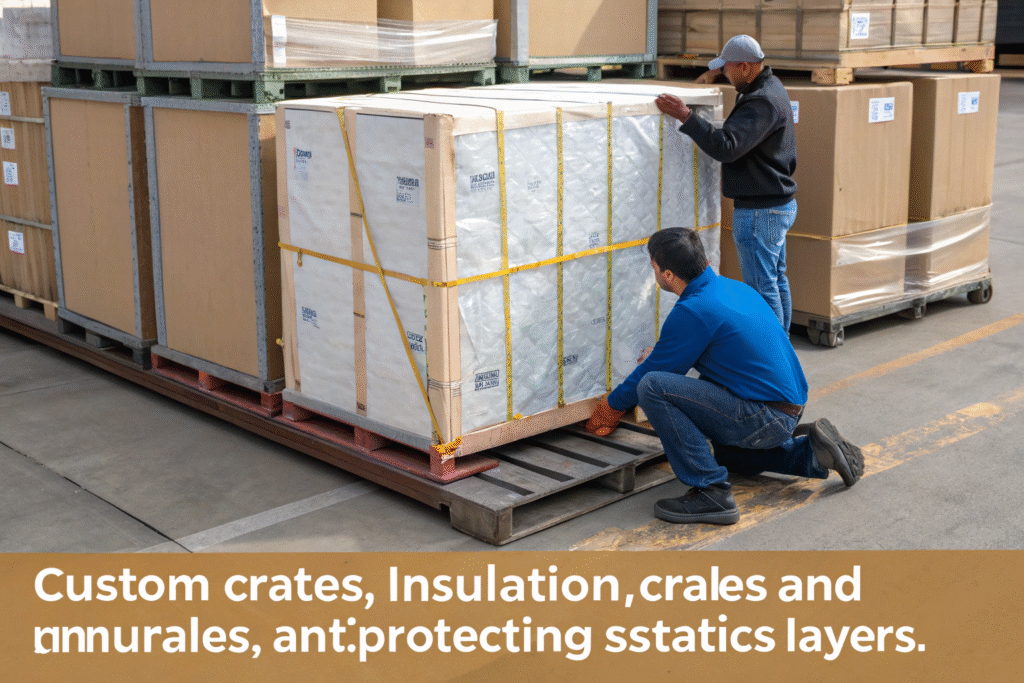
What are the common special packaging categories?
Some of the most requested packaging types include:
- Fragile protection: Foam-in-place, bubble wrap, corrugated cushioning
- Oversized items: Custom wooden crating or heavy-duty pallets
- Humidity-sensitive goods: Moisture barrier bags, desiccant inserts
- Temperature-sensitive items: Insulated cartons, gel packs, dry ice
- Electronics: Anti-static wrap, ESD foam, grounded packaging
These methods reduce the risk of breakage, corrosion, or tampering during international transit.
How do forwarders choose the right packaging?
The selection depends on product fragility, value, shipping mode, and destination climate. We often consult packaging engineers and ISTA-certified labs to recommend designs that can withstand sea vibrations, air pressure changes, or warehouse stacking.
How do forwarders coordinate packaging with suppliers?
The best results happen when packaging is planned at the factory—before the forwarder collects the goods.
Freight forwarders work closely with factories to ensure the packaging is executed correctly and documented for inspection and transit compliance.
Proper packaging coordination prevents surprises at customs or damages in the container.
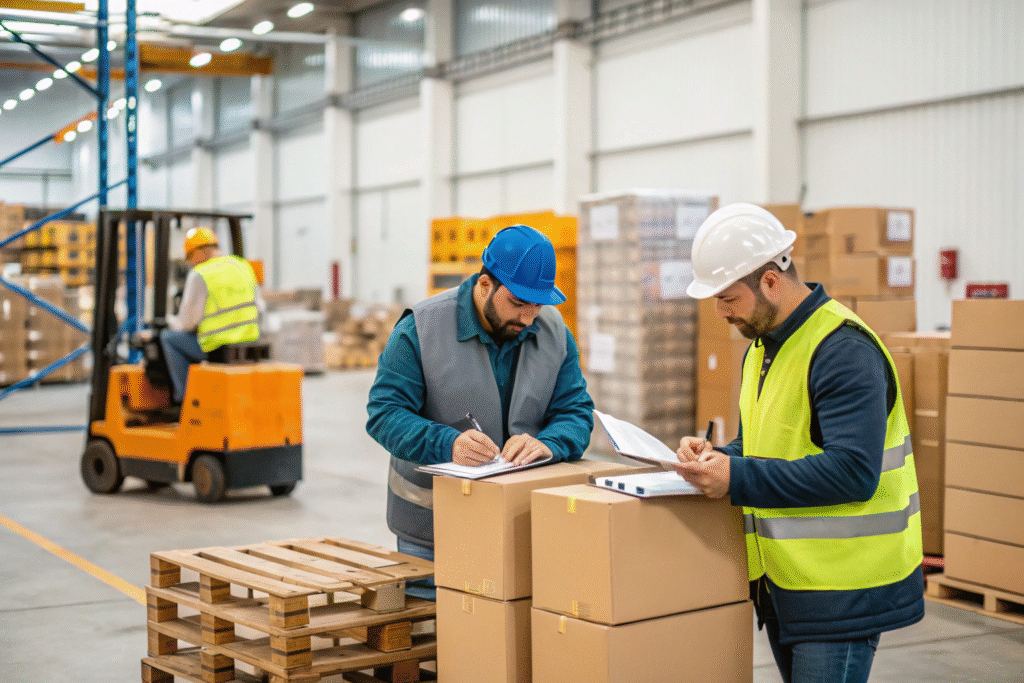
Do forwarders provide on-site packing supervision?
Yes. In China, our local teams can visit factories to oversee the packing process. We verify:
- Carton strength and dimensions
- Labeling per destination customs rules
- Pallet condition and stacking safety
- Sealing and strap integrity
If needed, we can also provide packaging materials or arrange third-party packing facilities near the port.
What role does packaging documentation play?
Correct packaging documents, such as packing lists, material specs, and dangerous goods declarations (for lithium batteries or aerosols), are critical. These documents allow customs officers and warehouse staff to understand how the cargo is secured—and reduce the chance of inspection delays or repacking.
How do forwarders handle export regulations for special packaging?
Packaging is not just about protection—it’s also about compliance.
Freight forwarders ensure packaging meets international standards like ISPM 15, material labeling, and hazmat requirements.
Without compliance, your cargo may be rejected, repacked, or fined at customs.
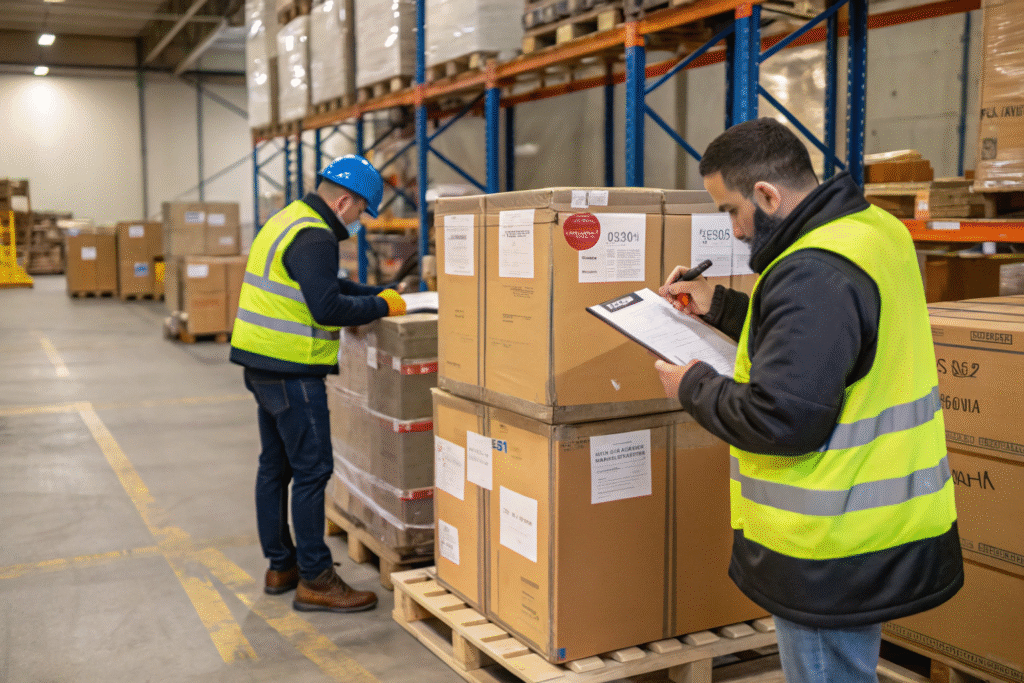 !
!
What are the key international packaging standards?
Here are some important standards we help enforce:
- ISPM 15 for wood packaging (e.g., pallets, crates)
- UN certification for dangerous goods packaging
- RoHS or REACH labeling for electronic components
- Country-specific food packaging laws for perishables
At GeeseCargo, we check all packaging for marks, treatments, and required stamps before shipping.
How do forwarders support hazmat and restricted item packaging?
We work with certified hazmat packing teams that use proper drum types, interior dividers, and safety labeling. Before export, we file the MSDS and obtain carrier pre-approval for goods like alcohol, batteries, or pressure cans.
What benefits do special packaging services provide for clients?
Smart packaging isn’t just about protection—it’s also about branding, cost reduction, and smoother delivery.
Freight forwarders help clients reduce damage claims, improve cargo handling, and speed up customs clearance with optimized packaging.
Ron and clients like him know that packaging done right avoids headaches later.
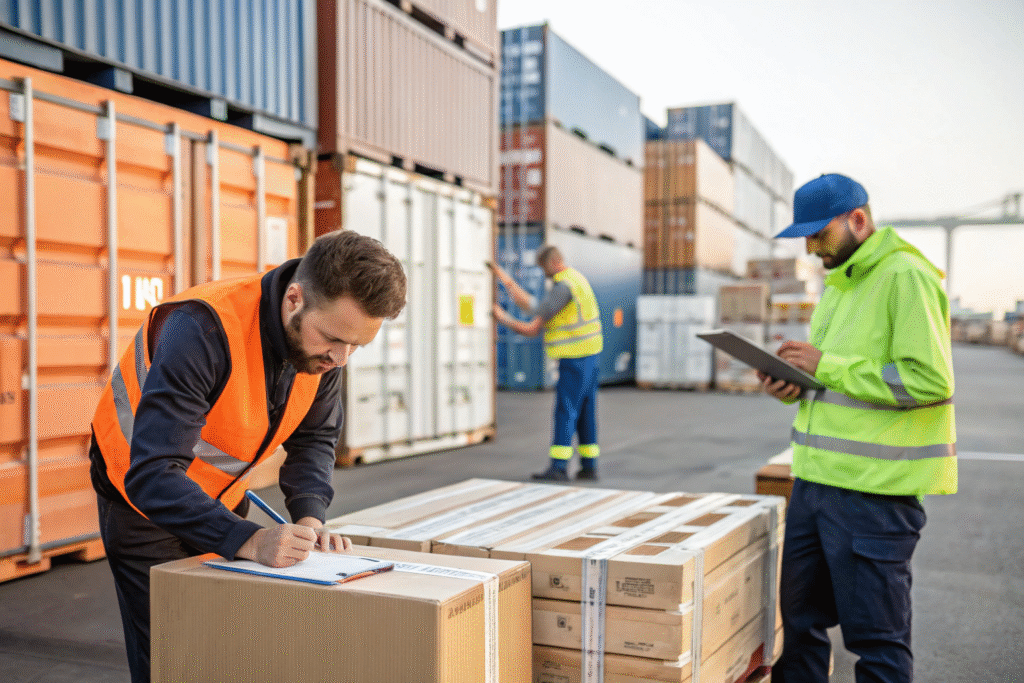
How does special packaging improve delivery outcomes?
Proper packaging makes cargo easier to scan, stack, and unload. It also reduces:
- Container load shifting
- Damage during cross-docking
- Time spent inspecting unclear or mislabeled cartons
We also ensure palletized cargo matches warehouse racking systems and forklift needs.
Can forwarders help with eco-friendly packaging?
Absolutely. We partner with sustainable packaging vendors offering:
- Recyclable or biodegradable wrap
- Paper-based void fill
- FSC-certified carton board
Eco-conscious packaging is increasingly important for European and U.S. retailers. And smart packaging doesn’t have to increase cost—it often reduces waste and weight.
Conclusion
Special packaging requirements are no problem when you work with the right freight forwarder. From fragile ceramics to hazardous materials, professional forwarders ensure every shipment is packed, protected, and compliant. At GeeseCargo, we go beyond shipping—we protect what you ship, every step of the way.
